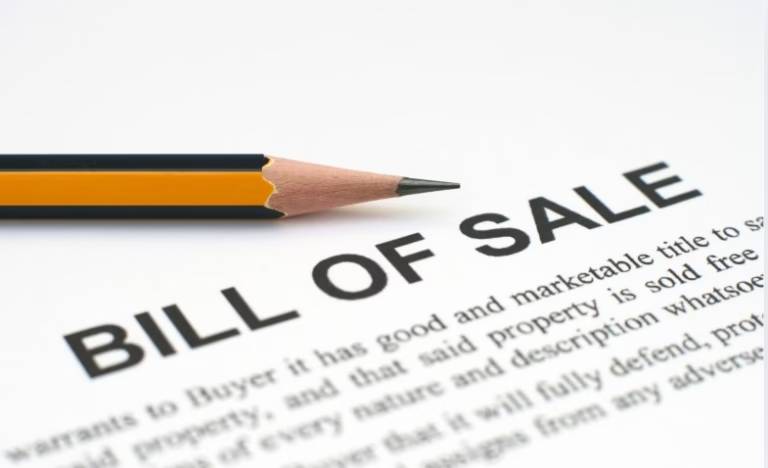Ever sold something valuable—like a car, a laptop, or even furniture—only to realize later that you had no proof of the transaction? That sinking feeling can lead to confusion, disputes, or even legal trouble. Putting a sale in writing might seem like a small step, but it can make a big difference in protecting both the buyer and the seller. Whether you’re handling a casual deal with a friend or a formal sale to a stranger, having a written record is key. In this article, you’ll explore why written sales agreements matter and how knowing how to write a bill of sale can save you from future headaches.
What Is a Bill of Sale?
A bill of sale is a simple document that records the transaction details between a buyer and a seller. It typically includes the names and contact information of both parties, a description of the item sold, the date of the sale, and the sale amount.
This document becomes especially important when selling high-value items like vehicles, electronics, or appliances. It helps prove ownership transfer and protects you if the buyer returns later claiming something was wrong.
Why Do Verbal Agreements Just Don’t Cut It?
It’s easy to trust a handshake deal, especially with someone you know. But the truth is, verbal agreements can quickly become messy if there’s a misunderstanding. Without written proof, it becomes one person’s word against the other.
Let’s say you sold a used bike and agreed the buyer would pay you in two installments. If they skip the second payment and you don’t have it in writing, good luck proving that the deal ever existed. A written bill of sale clears up confusion by stating terms clearly and leaving little room for interpretation.
Key Elements to Include in Your Sale Document
When you sit down to create a bill of sale, you don’t need to be a legal expert—but you do need to include the correct details. A solid document should cover:
- Full names and contact info of both buyer and seller
- Item description (make, model, serial number if applicable)
- Date of the transaction
- Final sale price
- Price, payment method, and terms (cash, installments, etc.)
- Signatures of both parties
These elements help make the document complete and valid.
When a Bill of Sale Is Legally Required
In many states or regions, a bill of sale isn’t just a good idea—it’s mandatory for certain transactions. You’ll often need this document to complete the title transfer and registration.
Even when not legally required, using a bill of sale is smart. It adds a layer of professionalism to any sale and builds trust between both parties. It’s a small effort that offers big peace of mind.
Also Read: Why Automated Testing Frameworks Have Become a Necessity in Software Development
Digital Tools Make It Easier Than Ever
Gone are the days when you had to dig up an old typewriter or print clunky legal forms. With tools like Adobe, creating a professional bill of sale is fast, easy, and paperless. You can customize templates, fill them out digitally, and get electronic signatures without leaving home.
Digital documents are also easier to store, share, and retrieve. Whether you’re selling something once in a while or often handling personal transactions, having a go-to method for creating bills of sale saves time and helps you stay organized.
Writing down your sale is an extra step, but it protects everyone involved. A bill of sale documents the details, ensures clarity, and can even fulfill legal requirements depending on what’s being sold. Instead of relying on memory or verbal promises, put it in writing to avoid future disputes. The next time you close a sale, take a few minutes to write it down—you’ll thank yourself later.

